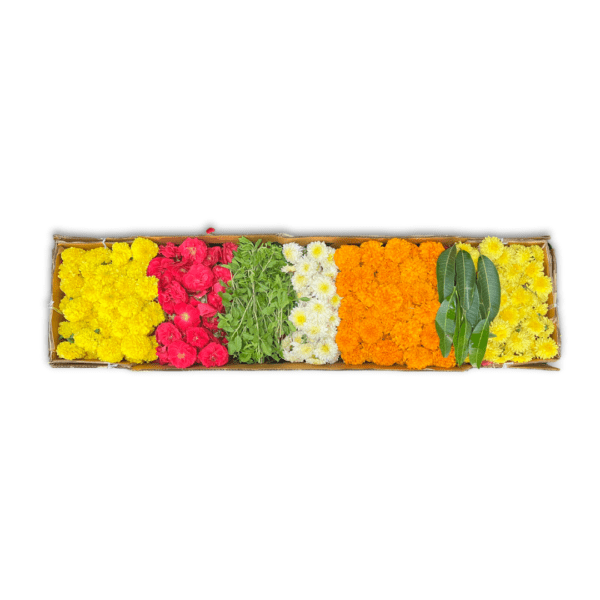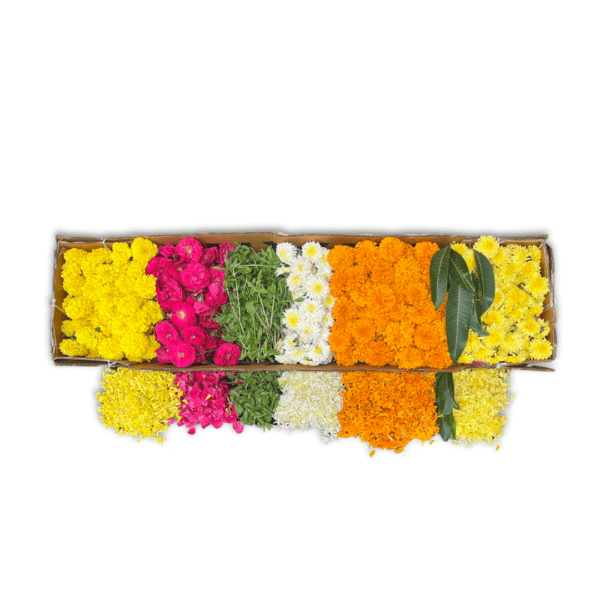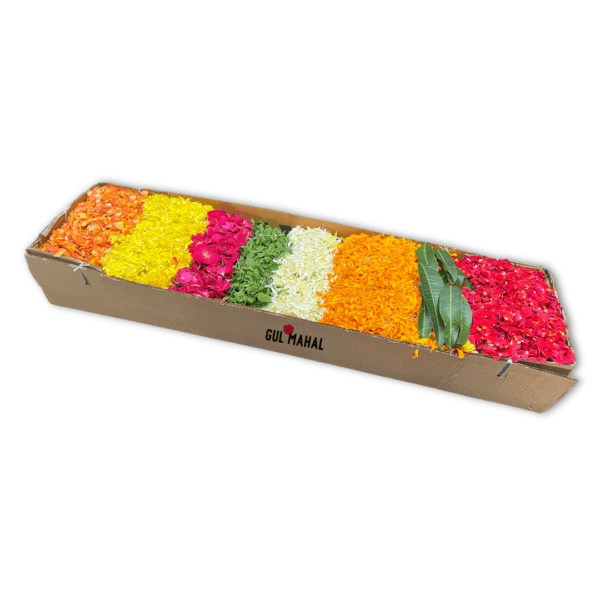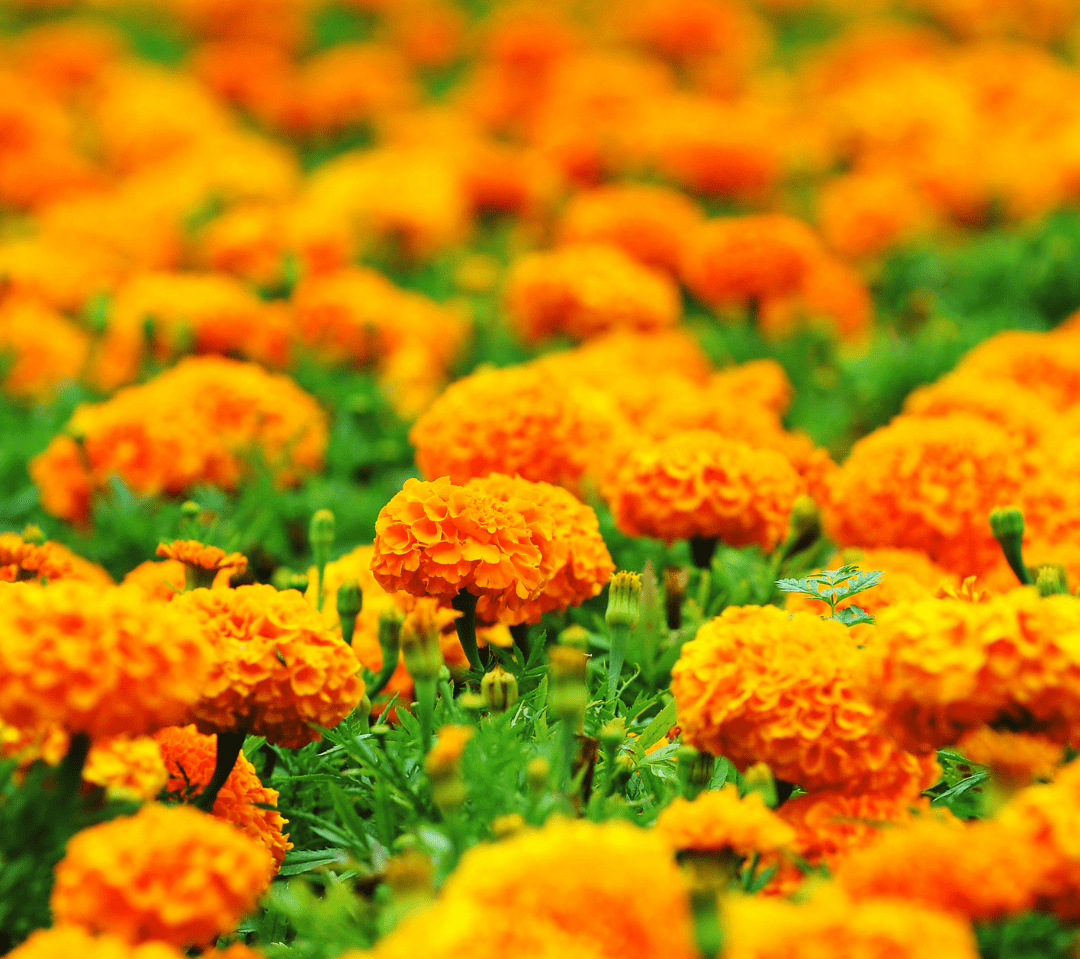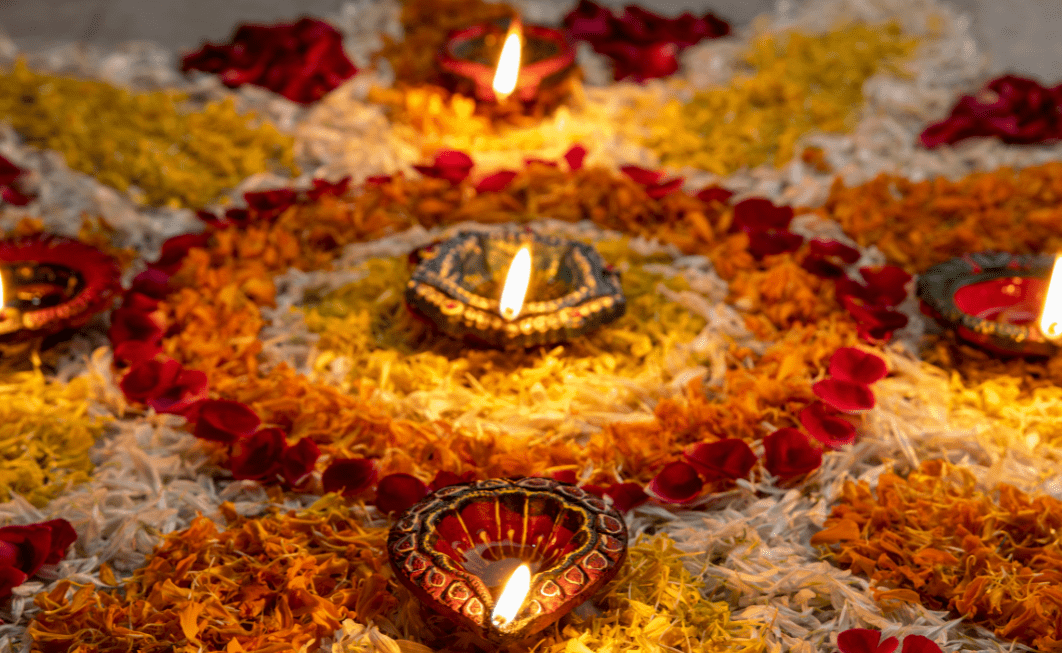
Flower Rangoli is a vibrant art form central to Diwali celebrations, symbolizing joy and prosperity. This traditional practice involves arranging colorful flower petals into intricate patterns at home entrances, welcoming guests and invoking positive energy. Each region has its own unique designs, reflecting cultural diversity. Creating Rangoli fosters community spirit and creativity, making it a cherished aspect of the festive experience.
The History Behind it
The history of Flower Rangoli dates back centuries, rooted in ancient Indian traditions. Originally created to honor deities and invite prosperity, it uses natural materials like flower petals and colored powders. During festivals like Diwali, Flower Rangoli evolved with vibrant colors and intricate designs, reflecting local customs. Today, it symbolizes hospitality and celebration, showcasing cultural heritage and creativity.
Variations in Designs

Flower Rangoli features a variety of designs, each reflecting regional styles and personal creativity. Common designs include:
Flower Rangoli features a variety of designs, each reflecting regional styles and personal creativity. Common designs include:
- Geometric Patterns: Simple shapes like circles, triangles, and squares arranged symmetrically.
- Floral Motifs: Designs incorporating various flowers, leaves, and petals, often in intricate arrangements.
- Traditional Symbols: Elements like lotus, peacocks, and diya (lamps) that hold cultural significance.
- Nature-Inspired Designs: Patterns mimicking natural scenes, such as trees and birds, often representing harmony.
- Religious Symbols: Incorporating symbols like swastika or om, reflecting spiritual beliefs.
Each design not only enhances aesthetic appeal but also carries meaning, making Flower Rangoli a beautiful expression of culture and artistry.
The Process

Creating Flower Rangoli involves these key steps:
- Choose a Design: Select a geometric, floral, or symbolic pattern.
- Gather Materials: Collect fresh flower petals or colored powders.
- Prepare the Surface: Clean the area where the Rangoli will be made.
- Outline the Design: Use chalk or powder to sketch the basic shape.
- Fill in Colors: Place flower petals or powders within the outline.
- Add Final Touches: Enhance the design with details or borders.
This process fosters creativity and community bonding during festivals.
Flowers
For Flower Rangoli, a variety of flowers and leaves can be used, each adding unique colors and fragrances. Common options include:
Orange Marigold
Orange marigolds are popular in Flower Rangoli for their vibrant color and significance. They add warmth and brightness to designs, especially during festivals like Diwali. Symbolically, they attract prosperity and represent purity and devotion. Their sturdy petals make them ideal for intricate patterns, enhancing both the beauty and meaning of the Rangoli.
Yellow Marigold
Yellow marigolds are a favorite choice for Flower Rangoli due to their sunny hue and uplifting energy. They symbolize happiness and are often associated with celebrations and new beginnings. Their striking color adds vibrancy to the designs, while their resilience makes them easy to arrange. Incorporating yellow marigolds in Rangoli not only enhances its beauty but also embodies the spirit of joy and abundance during festive occasions.
Cherry Red Rose
Cherry red roses are significant during Diwali, symbolizing love, passion, and beauty. Their vibrant color adds elegance to Flower Rangoli and decorations, enhancing the festive atmosphere. Beyond their aesthetic appeal, red roses convey heartfelt wishes for prosperity and happiness, making them a meaningful choice for gifts and rituals, embodying love and togetherness during the celebration.
Lotus
The lotus is a powerful symbol during Diwali, representing purity, beauty, and spiritual enlightenment. Often used in Flower Rangoli and decorations, its presence adds elegance and depth to the festive ambiance. In Hindu culture, the lotus is associated with divine attributes and is linked to deities like Lakshmi, the goddess of wealth and prosperity. Incorporating lotus flowers into Diwali celebrations embodies the themes of renewal and the triumph of light over darkness, making them a meaningful addition to the festivities.
White Chrysanthemum
White chrysanthemums are a lovely addition to Diwali rangoli, symbolizing purity, peace, and new beginnings. Their delicate appearance adds elegance to designs, representing simplicity and clarity. Often used to honor deities, these flowers can complement vibrant colors, creating harmonious patterns that enhance the festive atmosphere and invite tranquility and positivity into the home.
Yellow Chrysanthemum
Yellow chrysanthemums are a vibrant choice for Diwali rangoli, symbolizing joy, optimism, and friendship. Their bright color brings warmth and cheer to designs, enhancing the festive spirit. Often associated with positivity and good fortune, yellow chrysanthemums also serve as a welcoming element in homes. Incorporating them into rangoli patterns creates lively and eye-catching displays that celebrate the essence of Diwali and invite blessings for happiness and prosperity.
Significance of Tulsi and Mango Leaves

Though not flowers, tulsi and mango leaves are significant elements in Diwali decorations. Tulsi, revered for its sacredness in Hinduism, symbolizes purity and spiritual well-being. It is often included in rangoli to invoke divine blessings and promote health. Mango leaves, on the other hand, represent prosperity and fertility. Commonly used in traditional decorations, they are believed to ward off negativity and bring good fortune. Together, these elements enhance the spiritual ambiance of Diwali.
Flower Rangoli Boxes: The New Trend
Flower rangoli boxes enhance decoration during festivals by providing an organized way to arrange flowers, making beautiful designs easier to create. Versatile for both indoor and outdoor use, they allow for creative expressions that match specific themes. Additionally, these boxes simplify cleanup after events, combining practicality with artistic appeal and enriching the festive experience.
Conclusion
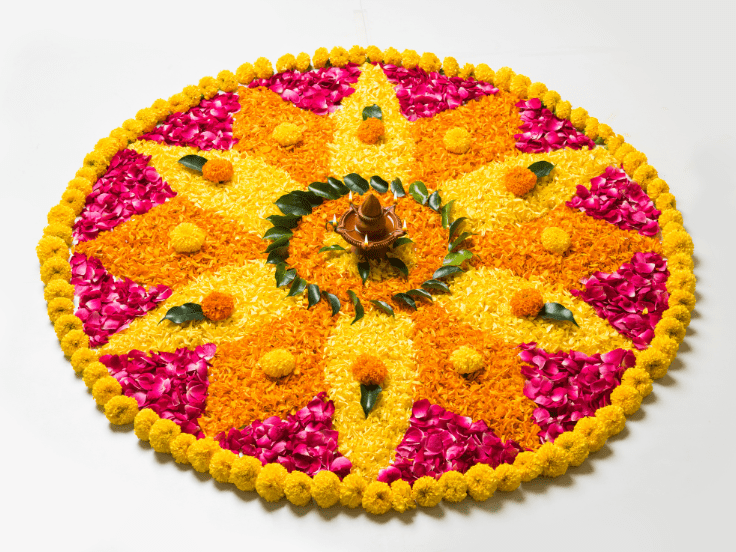
In conclusion, the use of flowers in Diwali rangoli creates a vibrant blend of culture and spirituality. Each element symbolizes purity, prosperity, and joy, enhancing the festive atmosphere and inviting divine blessings into our homes. Incorporating flower rangoli boxes into this tradition adds an organized and creative touch, making it easier to showcase these beautiful arrangements. This practice not only brightens the celebration but also reflects the essence of Diwali—a time for renewal, connection, and the triumph of light over darkness—making the festival a truly enchanting experience.
If you’re in need of last-minute flower rangoli boxes, be sure to check out Gulmahal for a variety of beautiful options to enhance your celebrations!
Citations for Images:
Images are taken from the stock library of Canva



